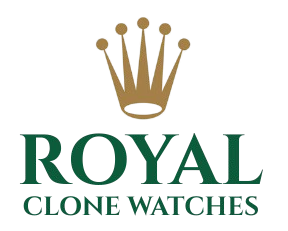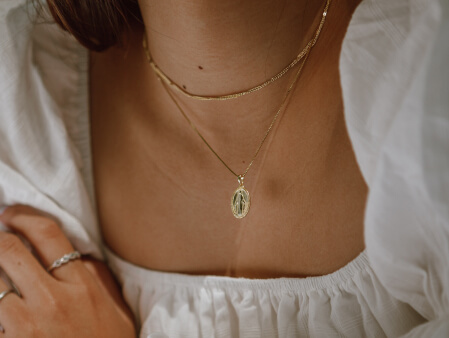Rolex Datejust Super Clone History 2025
How did Rolex Datejust super clone watches evolve into some of the most convincing replicas available in 2025? To answer this, it helps to look back at the history of the original Datejust and the timeline of replica watchmaking. From its beginnings as a pioneering classic to today’s refined super clones, the story of the Datejust is closely tied to innovation and style.
In this article, we’ll trace the classic watch history of the Datejust, explore its evolution through the decades, examine the origins of Datejust replicas, and follow the super clone timeline that led to today’s advanced versions. By understanding this journey, you can better appreciate how modern replicas achieve their impressive accuracy.
If you’re curious about where Datejust super clones came from and how they became so sophisticated, this guide will take you through the full story.
The Classic Watch History of the Datejust
The Rolex Datejust was introduced in 1945 as the first automatic wristwatch to feature a date display that changed instantly at midnight. It quickly became a symbol of elegance and versatility, available in a wide range of sizes, dials, and bracelet options. Its timeless design and practicality made it one of Rolex’s most enduring and popular models.
Datejust Evolution Over the Years
Over the decades, the Datejust has seen several important updates. Early acrylic crystals were replaced with scratch-resistant sapphire glass, bezels expanded to include smooth, fluted, and gem-set options, and the movement technology improved with higher precision and reliability. This constant refinement ensured the Datejust remained a staple of classic watch history while adapting to modern tastes.
The Replica Origins
As Rolex rose in popularity, replicas began to appear. Early Datejust replicas were crude, often using cheap materials and quartz movements that gave them away immediately. They mimicked the appearance but failed to capture the feel and durability of the original, making them easy to spot as imitations.
The Birth of Super Clones
As demand for better replicas grew, manufacturers began to focus on accuracy. This marked the beginning of the super clone timeline. Improved stainless steel cases, automatic movements, and accurate dial printing became standard. The goal shifted from producing simple copies to creating replicas that could convincingly mirror the authentic Datejust.
Modern Super Clone Technology
By the 2020s, advances in CNC machining, laser engraving, and sapphire crystal production pushed Datejust replicas to new levels of accuracy. The Cyclops lens now provides realistic magnification, case proportions are exact, and bracelets are built with solid links and secure clasps. Super clones are designed to meet higher expectations, delivering not just looks but also durability.
2025 – A New Standard for Replicas
In 2025, Rolex Datejust super clone watches are closer to the genuine model than ever before. They feature refined finishing, automatic movements that replicate the smooth sweep of a Rolex second hand, and options for fluted or smooth bezels in multiple sizes. For most buyers, they provide a nearly identical wearing experience to the original.
Why This History Matters
Knowing the history of both the Datejust and its replicas helps buyers make better decisions. It highlights how far replica craftsmanship has come and why today’s super clones are considered high-quality alternatives rather than simple knockoffs. It also shows why the Datejust remains a favorite for anyone seeking a classic and versatile watch design.
Final Thoughts
The history of Rolex Datejust super clone watches is tied to both the legacy of the original model and the steady evolution of replica craftsmanship. From early imitations to today’s advanced super clones, the timeline reflects progress in design accuracy, durability, and functionality. In 2025, the Datejust super clone stands as a refined and reliable choice for anyone who values timeless style and modern precision.







Add comment